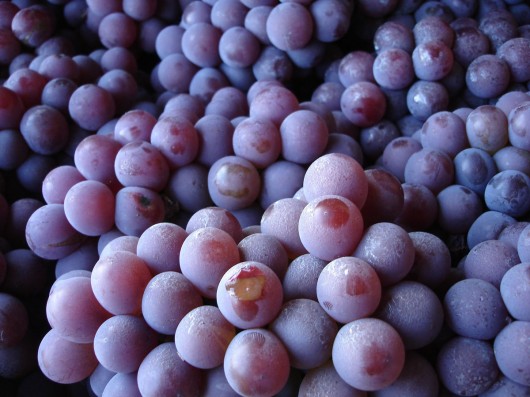Which Fruit Has The Most Manganese?
The human body requires numerous vitamins and minerals to achieve and maintain optimal wellness. A healthy eating regimen, full of grains, vegetables and fruits, can provide adequate nutrition. One component of a healthy diet often overlooked is mineral intake. Minerals, like Manganese, are essential for many body processes.
What is Manganese?
Manganese is a mineral necessary for the formation of bone and the metabolism of fats, proteins, and carbohydrates. It is also a critical component of enzymes involved in several processes, such as hormone production, regulation of cholesterol, and elimination of free radicals.
How Much Manganese is Enough?
The Recommended Dietary Allowance (RDA) values for vitamins and minerals are guidelines to help people incorporate an appropriate quantity of nutrients into their diet. There is no RDA for Manganese, but there is Adequate Intake (AI) level and an Upper Limit (UL) value to provide guidance for the acceptable daily intake.
The AI for Manganese for the average adult female is between 1.6 and 1.8 mg/day; for the average male it is between 1.9 and 2.3 mg/day. The UL is the highest dietary intake a person can tolerate that is unlikely to cause adverse effects. The UL for Manganese for both healthy females and males is 11 mg/day.
Excess or insufficient intake of Manganese is rare in healthy humans. However, infants and individuals with liver disease are at higher risk of side effects related to excess intake of Manganese, which can be toxic. Excess levels of Manganese can result in a condition called Manganism. This condition causes symptoms similar to Parkinson’s disease. An insufficient quantity can cause minor symptoms like skin irritation.
Diets that incorporate foods containing the essential mineral Manganese will ensure an adequate daily intake, which is an important component of good health.
Top Fruits For Manganese Content
The amounts of Manganese are given for 100g of each fruit.
1 Grape 0,70 mg
2 Raspberry 0,70 mg
3 Blackberry 0,60 mg
4 Cranberry 0,40 mg
5 Strawberry 0,39 mg
6 Blueberry 0,30 mg
7 Pineapple 0,30 mg
8 Blackcurrant 0,30 mg
9 Durian 0,30 mg
10 Banana 0,27 mg
11 Redcurrant 0,20 mg
12 Guava 0,20 mg
13 Carrot 0,20 mg
14 Jackfruit 0,20 mg
15 Tomato 0,15 mg
16 Plum 0,10 mg
17 Pumpkin 0,10 mg
18 Lychee 0,10 mg
19 Cherry (sweet) 0,10 mg
20 Peach 0,10 mg
21 Pear 0,10 mg
22 Gooseberry 0,10 mg
23 Mangosteen 0,10 mg
24 Apricot 0,10 mg
25 Pomegranate 0,10 mg
26 Fig 0,10 mg
27 Kiwi 0,10 mg
28 Cucumber 0,08 mg
29 Tangerine 0,04 mg
30 Lemon 0,03 mg
31 Grapefruit 0,02 mg
